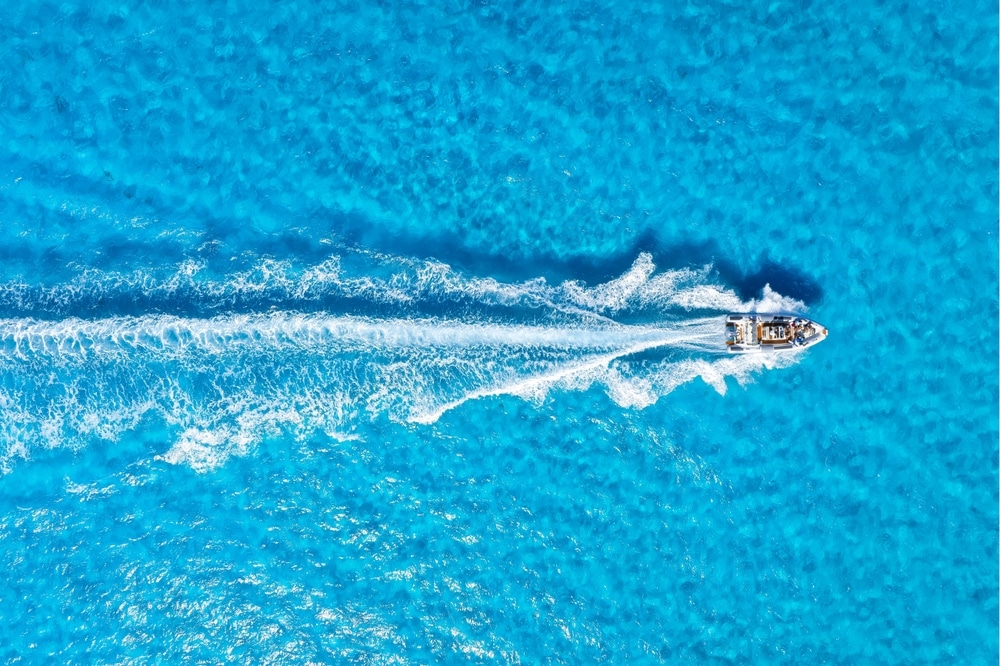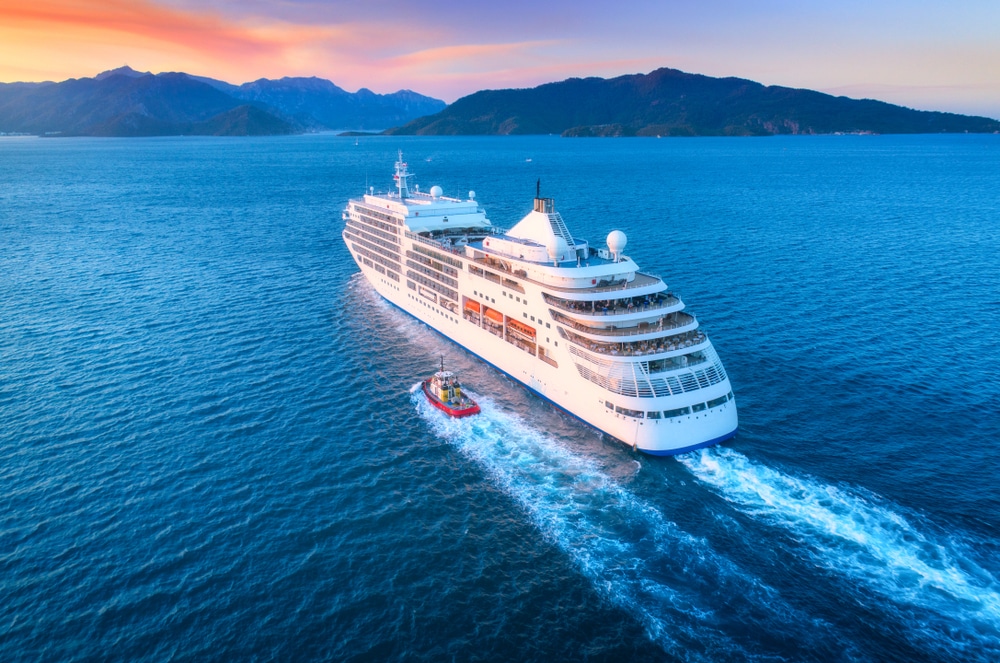Table of Contents
Have you ever wondered how these massive floating palaces, known as cruise ships, manage to stay afloat on the sea? It’s truly fascinating how these enormous ships , packed with amenities and entertainment, can glide through the waters so smoothly. Let’s dive deeper into the engineering marvels and design principles that make it all possible. In this article we will learn how cruise ships float and the Science Behind Their Buoyancy.
The Principle of Buoyancy
At the core of understanding how do cruise ships float is Archimedes’ principle. This principle states that any object immersed in a fluid experiences an upward force known as the buoyant force. This force is equal to the weight of the fluid displaced by the object. In simpler terms. If the buoyant force generated by the water is greater than or equal to the weight of the ship, the ship will float.
For a large cruise ship, this means it must displace a significant volume of water to generate enough buoyant force to counteract its weight. When the cruise ship is placed in the water, it pushes aside a certain amount of water. The greater the volume of water displaced, the stronger the upward force exerted by the water. If this force equals the weight of the ship, the ship will remain on the surface rather than sinking to the bottom.
You can also explore how fast does a cruise ship go? balancing fuel efficiency with passenger comfort while navigating various sea conditions and itineraries.
Design and Engineering
The design of a cruise ship is important for ensuring it can stay afloat. One of the primary features is the shaped hull, which is designed to maximize water displacement. The hull is crafted to be broad and rounded. Which allows the ship to push aside a large amount of water. This design helps in creating a buoyant force sufficient to keep the ship afloat.
Additionally, the interior of the ship is designed with numerous compartments and empty spaces. These include areas like swimming pools, cabins, and upper decks, which contribute to reducing the overall average density of the ship. Dense than water materials are minimized to keep the ship lighter than the water it displaces. The combination of these factors helps ensure that the ship’s weight remains less than the weight of the water displaced.

Water Displacement and Stability
How do cruises float involves a balance between the ship’s weight and the buoyant force. When a cruise ship enters the water, it displaces a volume of water that is equal to its own weight. This is why a large cruise ship can remain buoyant despite its massive size. The deeper the ship sits in the water, the more water it displaces, which increases the buoyant force.
Stability is another key factor. The ship’s weight must be distributed evenly to avoid tipping over. This is managed through sophisticated design and engineering techniques. The weight of the ship, including cargo, passengers, and onboard amenities, must be carefully balanced. Upper decks, swimming pools, and other features are strategically placed to ensure that the ship’s center of gravity is kept low, maintaining stability. The ship also utilizes ballast systems that adjust the weight distribution by pumping water in and out of tanks, thus ensuring the vessel remains stable and upright.
Maintaining Buoyancy
An important consideration is how does a cruise ship stay afloat over time. The ship must maintain a balance between the weight of the ship and the buoyant force. The amount of water displaced must always equal the weight of the ship. If the ship becomes overloaded or the distribution of weight changes significantly, it could potentially sink to the bottom. However, modern cruise ships are designed with safety in mind. They have safety measures and regular inspections to prevent such issues.
To address the specific question of how much of a cruise ship is under water, typically, around 30 feet of the ship’s hull is submerged. The rest of the ship remains above the surface, providing ample space for passengers and amenities. This design ensures that the ship’s average density remains lower than the water’s density, which helps keep it afloat.

Comparative Analysis
The principles that apply to how do cruise ships stay afloat are also applicable to other types of vessels, such as cargo ships and warships. These vessels also rely on buoyancy and water displacement to float. For instance, how do cargo ships float involves the same concept of displacing a volume of water equal to their weight. Similarly, how do warships float involves ensuring that the ship’s overall density is lower than that of water.
Understanding how can ships float and how do ships stay afloat involves recognizing the fundamental physics of buoyancy. The design elements that allow a cruise ship to float are applied universally across various types of ships and boats. The interplay between the ship’s weight, its buoyant force, and its ability to displace water is a critical component of maritime engineering.
Conclusion
In conclusion, the question of how does a cruise ship stay afloat is answered through the principles of Archimedes’ principle and the intricate design of the ship. By ensuring that the ship displaces enough water to counterbalance its weight, and by maintaining a stable design. Cruise ships are able to float and carry passengers across the seas. The engineering marvels of the Royal Caribbean and other cruise lines demonstrate the application of these scientific principles in creating safe and enjoyable voyages. Understanding the science behind how does ship stay afloat not only enhances our appreciation of these majestic vessels but also highlights the intricate balance required to keep them buoyant on the open water.
